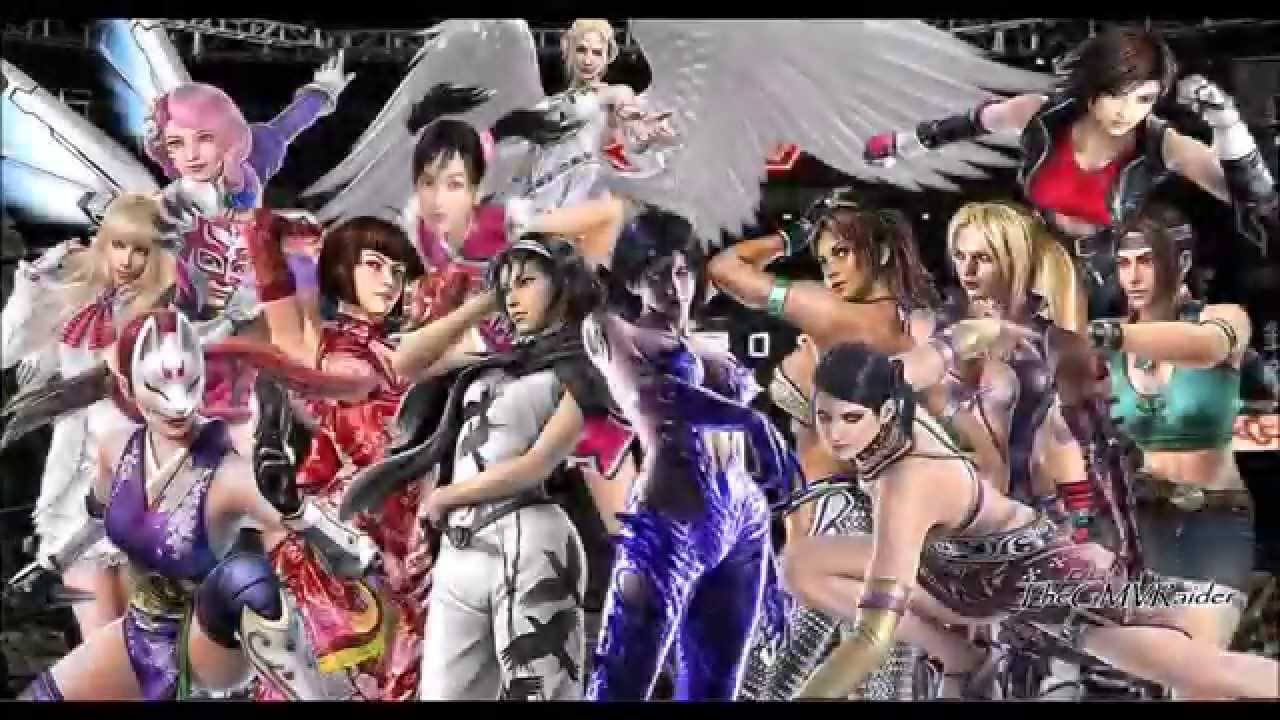
One of the key elements in fighting game design is balancing fairness with cheapness. A game that has too much cheapness shunts players into a small number of nearly identical playstyles; a game that has too little cheapness gives players nothing to get excited about. Yet in the Fighting Game Community, games aren’t necessarily set in stone even after they’re released. If a large enough part of the FGC judges some part of the game to be unreasonable, we can ban it.
Of course, this doesn’t always happen without controversy. Banning stages and costumes is relatively commonplace across the FGC, but banning characters is much rarer. For example, the character bans in the US Pro Street Fighter League have been a consistent source of discussion and dissent. Street Fighter isn’t the only game that has flirted with character bans, though. Back in the early 2000s, the Super Smash Bros. Brawl community faced the same questions with respect to Meta Knight.
One Man Banned?
In a recent video, Gonzalo “ZeRo” Barrios talks about the history of the situation and dispels some prominent myths. For one, Meta Knight was never banned outright at major tournaments, although some tournament organizers did attempt to ban him universally and he was banned on certain stages. In the Smash series, stages aren’t just interesting backgrounds that players can enjoy. Instead, they shape the course of the match just as much as the characters do, and in some cases they can even take stocks from unwary players. Barrios cites Rainbow Cruise as a particularly egregious example of a stage that benefited Meta Knight in an excessively unbalanced way.
That having been said, Barrios surprisingly admits that he would’ve banned the character outright if it had been up to him – along with Ice Climbers and, in Smash for Wii U, Bayonetta. Such bans would be nearly unprecedented in high-level FGC play. They would also fly in the face of fighting game culture, which, as Barrios explains, is why the attempted universal bans didn’t work. As more and more tournaments outlawed the use of Meta Knight, other tournaments that allowed him popped up to take their place. There were so many players and fans who preferred the latter tournaments that they eventually won out and Meta Knight remained.
Out Of Banned
This story speaks to the power of the “C” in the FGC. While small groups of high-placed individuals (such as TOs or the organizers of the aforementioned Street Fighter League) may have certain ideas about how games should be played, ultimately the community’s values have prevailed. Perhaps one day we’ll see a major title that has a character so cheap that the community gathers together to ban it. Until then, though, the spirit of competition will win out.
Watch Barrios’s full video below, then subscribe to his YouTube and follow him on Twitter for more great Smash content!



Comments